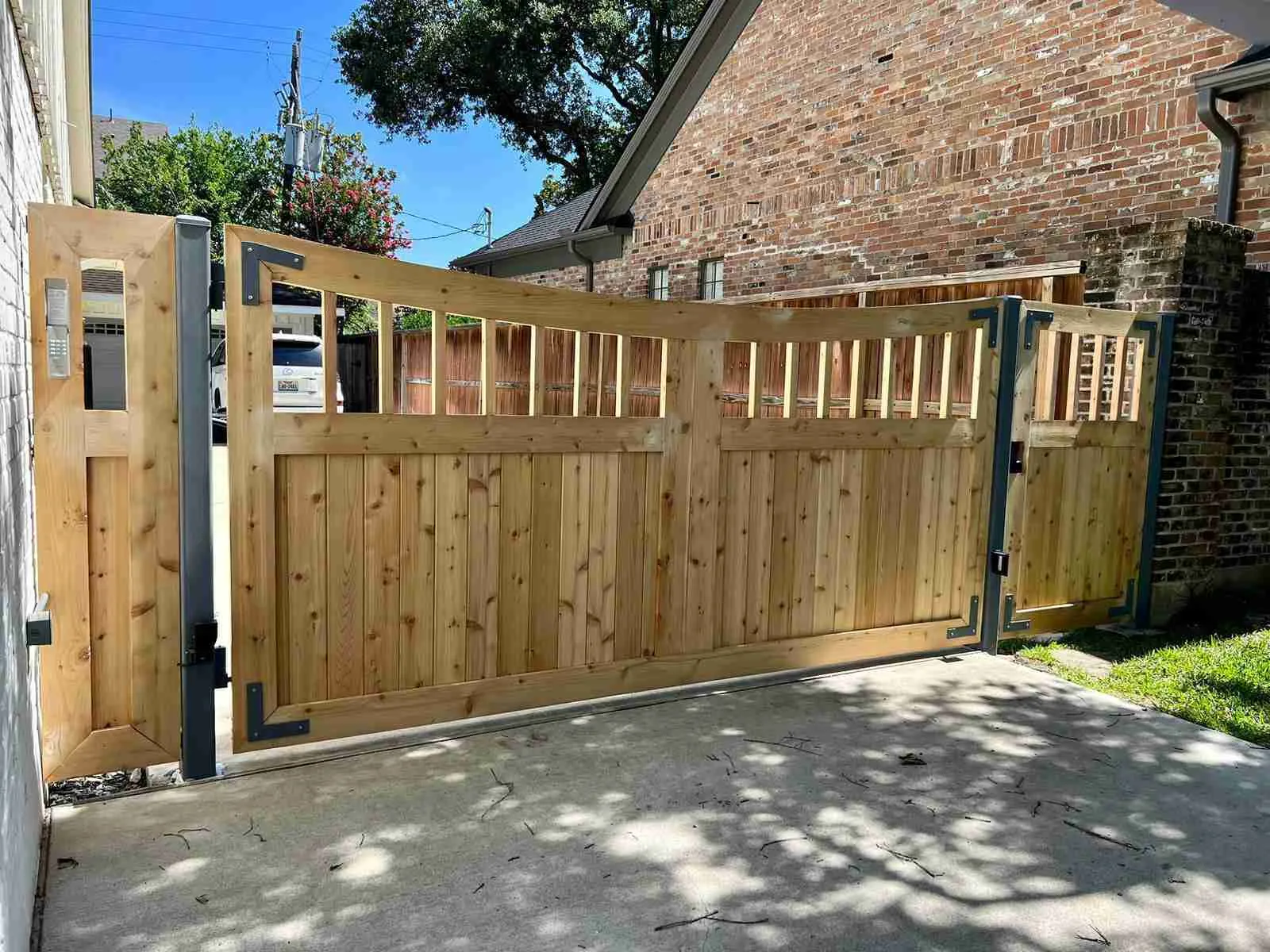The growing season of 2015 is already underway, when diligent farmers sow seeds that grow into fruits and vegetables that supply the population with nutritious calories. People come a long way since they stopped hunting and gathering for food in small nomadic tribes, but where are today’s farmers headed growing crops for an exponentially expanding society in an ever-changing environment? In both rural and urban settings, outdoor Wi-Fi, wireless sensors and wearable tech can give farmers the edge they need to produce the best yields to sell at the highest margins.
Across the agricultural timeline, smart farming-also known as precision agriculture-is still in its infancy, but like a young sapling it has huge potential. The benefits offered by having a farm connected to the web include reduced labor costs, decreased pollution and erosion, access to advanced analytic tools like up-to-date economic conditions on crop futures, climate data and crop tagging for diseases, pest infestation and genetic deformities. IP video camera systems can keep an eye on livestock and their handlers around the clock. A GPS-guided tractor can follow a carefully projected path to maximize seed spread with minimal fertilizer usage. Clay Mitchell of Waterloo, Iowa is a pioneer of smart farming technology. He regularly works with agricultural companies to incorporate his engineering expertise into new equipment that improves yields and sustainability. In a world of limited resources, Mitchell and other thought leaders will usher in the future of agriculture where automation and data analytics help produce successful harvests season after season.
Creating such a system for a farm is not without its own set of challenges. There are many courses of action a prospective farmer could take. An intranet could be built with a massive WLAN to keep data stored locally, but any cloud computing technology will require a backhaul supplied by a wireless internet service provider. A power over Ethernet system could be spread across one’s property, or a deployment of solar panels and/or wind turbines could supply electricity independent from the power grid. Should farmers contract an IT firm specializing in agriculture for a deployment, or build it themselves? Which hardware manufacturers and wireless protocols are they going to use? There are too many variables for easy answers, and in all likelihood each individual farm will require a unique solution.
But what if the burden of food production could be shifted away from the fields and into the cities closer to where the consumer lives? Now with Internet of Things technology, it is possible. Insulated from natural disasters like floods and droughts, an urban farm allows for granular control of resources. As water scarcity increases and traditional agriculture consumes about 80% of the nation’s water supply, using automated processes of resource management will avoid a crisis. Traditional indoor farming uses hydroponic systems to deliver water and nutrients to plants. However, these systems are cost-prohibitive and not economically feasible compared to rural farming. But there are innovations coming to market that could change urban farming methods, like the Smart Herb Garden from Click & Grow. It uses a new sponge-like material for soil that efficiently delivers nutrients, water and oxygen to crops. The large-scale Smart Farm system- set to begin full-scale retail distribution in 2016-allows for management of resources from one computer program. It is imperative this kind of technology achieves widespread adoption since the Food and Agriculture Organization of the United Nations predicts that world food production must increase by 70% before 2050 in order to feed the population.
There are many more new ideas on the horizon that are going to make it easier to become a do-it-yourself farmer. CoolFarm is another central management application that facilitates agriculture on your smartphone. Any city dweller can live and work while growing their own food, or possibly get into the business of agriculture with a vertical farm. Those who have the space to do so can even help save the biodiversity of produce by beekeeping. The human race depends on the industrious bees to pollinate a wide array of foodstuffs. It is unacceptable to allow colony collapse disorder to decimate the bee population into extinction, but a web-connected device might solve this problem. MiteNot by Eltopia can sterilize male honeybees containing the microscopic Varroa destructor mite by detecting when females have laid their eggs before the males have fertilized them, heating up the hive just enough to kill the parasites while keeping the bees safe, without the use of pesticides. The sensors inside a MiteNot circuit board, camouflaged and embedded within a hive’s honeycombs, calculate how to time this process via a cloud-based application. This device is still undergoing testing but could be out to market by fall 2015.
If there is a particularly useful purpose for five billion devices connected to the web by the end of this year-and forty-five billion more by 2020-it is difficult to think of one more relevant than smart farming. Successful implementation that boosts yields and cuts down waste could make or break civilization. New trends in tech could lead to a revolution in agriculture, like drones inspecting fields to manage pest control, or the upcoming 802.11ah wireless protocol using the 900MHz band and capable of managing 8000 devices at once within a one kilometer range. The goal of the industrialization of agriculture is to make it easier to produce large amounts of food at a reasonable cost, and as long as scientists and engineers work together with farmers to continue realizing that goal, everyone can look forward to the future with full stomachs.






More Stories
Common Mistakes To Avoid While Choosing Bolt Manufacturers
Computer and Technology Today
The Reasons Agriculture is Important